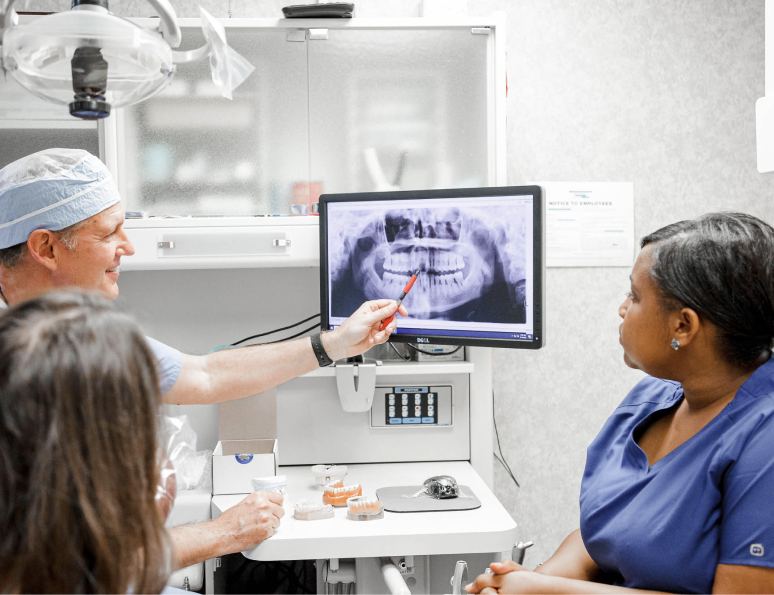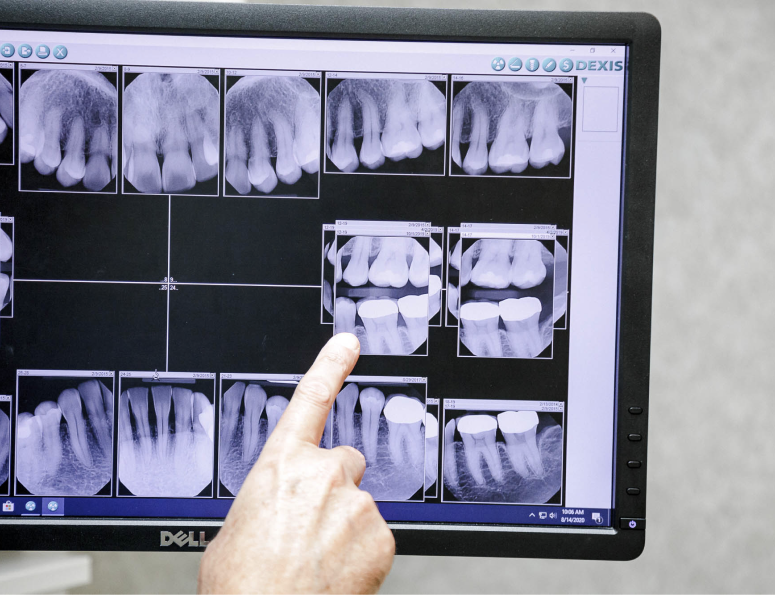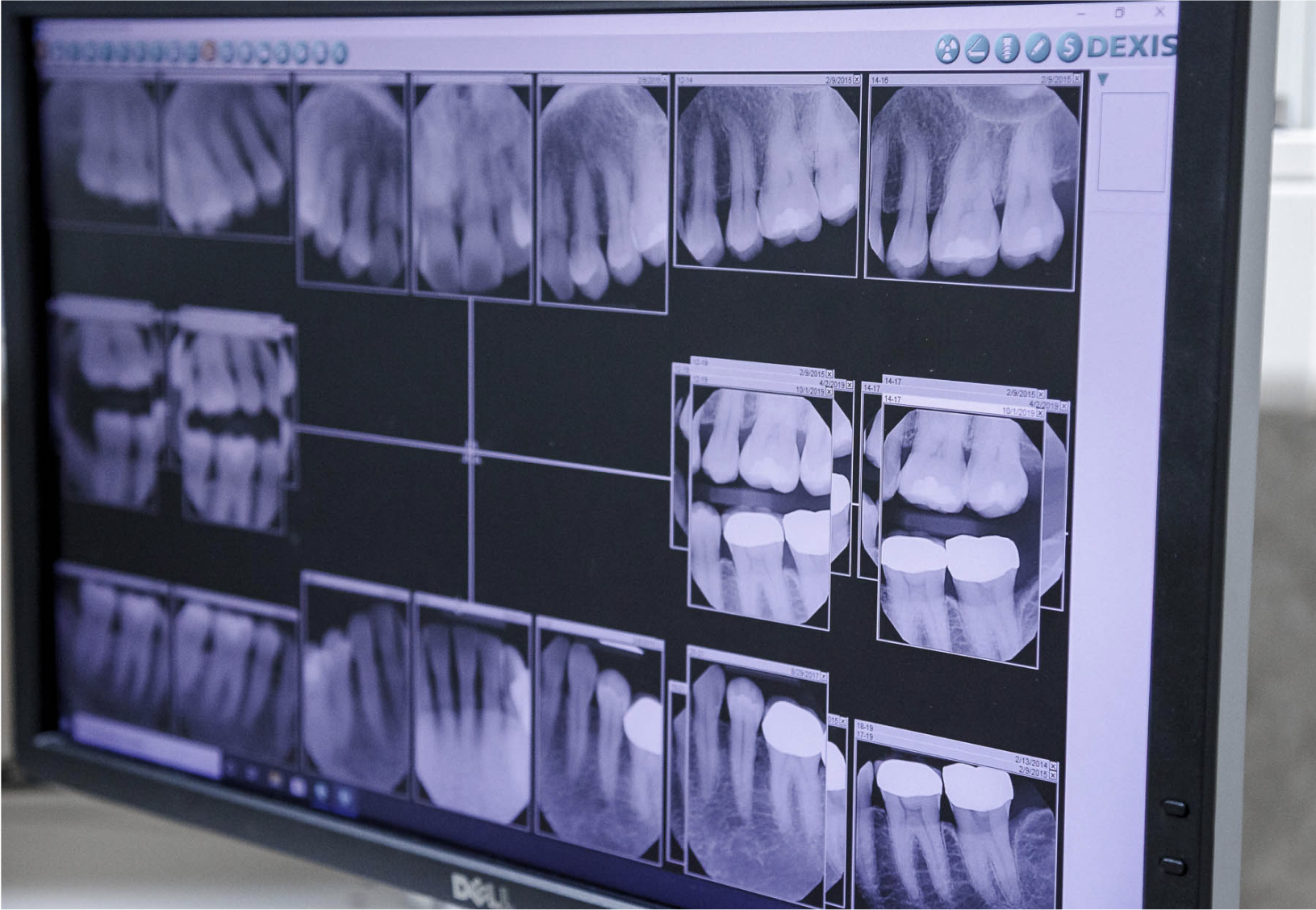Bone grafts
Bone grafting can be performed to help save weak or infected teeth, repair defects in the jaw, or prepare the jaws to receive dental implants that replace missing teeth or support bridges and dentures.
Schedule an appointmentPATIENT INFORMATION
The procedure
Bone grafting is normally a surgical procedure that can be preformed in the dental office under local dental anesthetic or with local anesthetic combined with a sedative. A small incision is made in your gums to expose the underlying bone and then the graft material is added. In some cases, an occlusive barrier called a membrane is placed over the bone graft and under the gums. This membrane keeps the gums from growing down into the graft material giving the bone space and time to heal.

Our step by step process to get you back the smile you deserve.
-
01. Clear communication
Dr. Seale and his staff will be happy to help guide you through treatment processes to ensure that you understand your options and benefits.
-
02. Diagnosis
During your initial exam, Dr. Seale will evaluate your specific needs by performing a thorough examination. He will then advise you of your best treatment options.
-
03. Treatment
Each patient is different and Dr. Seale will recommend treatment to set the patient up for the best possible chance at success.
-
04. Maintenance
Periodontal maintenance is a professional cleaning procedure where a hygienist thoroughly cleans the teeth. Maintenance care is critical to maintain a healthy beautiful smile.
-
01. What exactly is a bone graft?
Do you think of bone as a hard rigid material that never changes? The truth is, bone remodels itself all the time. Your body is constantly depositing new bone cells and removing old ones. Periodontal/gum disease, tooth extraction, or trauma to the bone are a few of the possible causes for bone being lost faster than the body can replace it with new bone. When this balance is lost, defects in the bone begin to occur. These defects can affect the height, width, and/or density of your jawbone. This can lead to the loss of teeth and even to defects in the jawbone itself. Bone grafts can help prevent these defects from forming or help regenerate bone that has previously been lost.
-
02. What is bone graft material?
Most often, the bone graft material is cadaver bone that has been processed and sterilized to make it safe. The bone graft material acts as a scaffold that allows your body’s natural bone to grow back into the space. The graft material and membrane slowly resorb and are replaced by your own natural living bone. Bone graft materials come in many different forms: powder, granules, putty, or even a gel that can be injected through a syringe. This allows bone grafting to be used in several ways.

Insurance providers we accept
We are not an in network provider, but will help you file your dental insurance! Insurance Information.
Some of our providers






